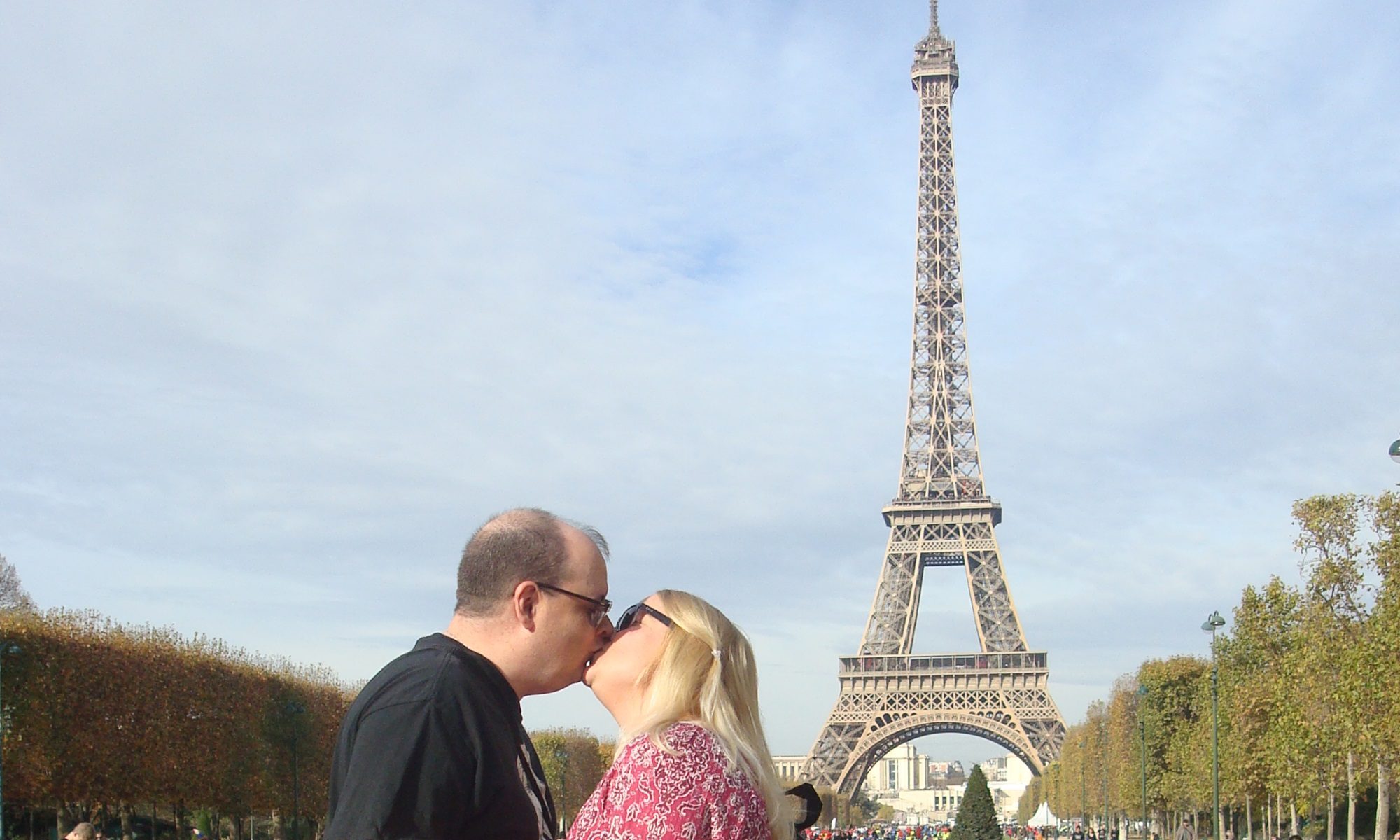Baseball might be my fourth favorite sport, but with the playoffs in full swing (hah!), I thought I’d post a few baseball stories I’ve been saving up.
Check out this picture:

After the War of 1812 – when the British notoriously burned Washington DC – President Madison had a fit of “closing the barn door after the cow escaped” and decided it might be a good idea to build a system of defensive forts on the east coast. Construction on several forts started, including, in 1829, a fort on Cockspur Island, Georgia, between Savannah and Tybee Island.
Major General Babcock was put in charge of the project, but was later replaced by second lieutenant Robert E. Lee. (yes, THAT Robert E. Lee). By 1833, the fort was far enough along to get a name: Fort Pulaski, in honor of Kazimierz Pulaski, a Polish soldier who fought alongside George Washington in the American Revolution.
The fort was finally completed in 1847, after 18 long years of construction. It took such a long time partly because that’s how long it took to build a fort in a swamp in the 19th century. It also took so long because the fort was made out of brick – like, a lot of bricks, like, 25,000,000 bricks – and Savannah just didn’t have the infrastructure to quickly make so many damn bricks.
Then, of course, the Civil War broke out. Georgia governor Joseph Brown ordered the state militia to seize the fort, which became a Confederate stronghold. Meanwhile, Confederate military leaders thought nearby Tybee Island was too remote to be useful for anything, so troops were withdrawn from there. And thus, Union troops moved in.
One of the reasons American sharpshooters were so successful in the Revolutionary War was that they used rifles, not muskets. At their most basic, both guns are metal tubes that one packs with explosives and a projectile, like a bullet or musket ball. You aim the tube at an enemy and set off the explosives. This causes the projectile to travel down the tube at a high rate of speed and (hopefully) hit the enemy.
But rifles were far more accurate than muskets, and that’s because of curved ridges carved into the inner barrel of the gun. Those ridges are called rifling, and that’s why they’re called rifles. The grooves cause the projectile to spin, which greatly increases accuracy. It’s the same reason a quarterback wants to throw a football in a tight spiral rather than just heaving it down the field. Muskets, on the other hand, lack such grooves inside the barrels, which is why they’re sometimes called smooth-bore weapons. That’s also why muskets were inaccurate, like a quarterback under pressure just tossing the football away.
Although the benefits of rifled vs. smooth-bore guns were known to American military personnel as far back as the 1780s, no one had ever thought to build a cannon with a rifled barrel. Until the Civil War. Union soldiers now stationed on Tybee Island were equipped with a brand-new weapon called the James Rifled Cannon. And they unleashed it for the first time ever on Fort Pulaski.



 Hey, y’all! Simon here! So… this is it, huh? The hour is almost upon us: SUPER BOWL XLVIII! Hard to believe the season is over so quickly… Time flies when you’re almost 8 years old! I finished the season (and playoffs) at 166-99… let’s see if I can keep the losses in double-digits this weekend! I love y’all and hope you have a GREAT off-season!
Hey, y’all! Simon here! So… this is it, huh? The hour is almost upon us: SUPER BOWL XLVIII! Hard to believe the season is over so quickly… Time flies when you’re almost 8 years old! I finished the season (and playoffs) at 166-99… let’s see if I can keep the losses in double-digits this weekend! I love y’all and hope you have a GREAT off-season!